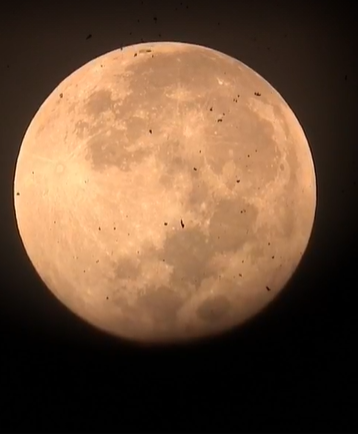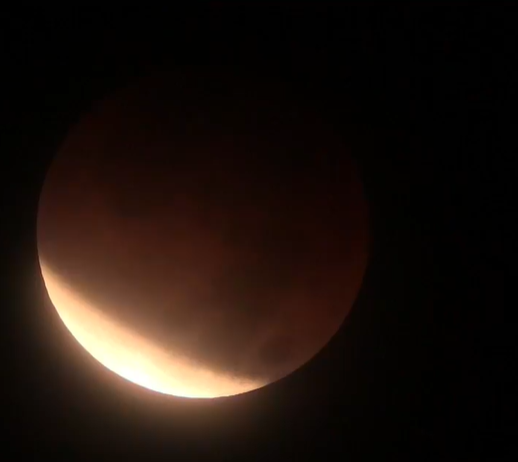Totoo bang may “super blood moon” na makikita sa May 26, 2021?

Magaganap sa May 26, 2021 ang total lunar eclipse kung saan ang buwan ay matatakpan ng anino ng daigdig. Ang buwan na makikita sa nasabing petsa ay tinatawag ngayon ng marami dito sa Pilipinas bilang “Super Blood Moon” habang sa ibang mga bansa naman ay “Super Flower Blood Moon.”

Subalit ayon kay Dr. Rogel Mari Sese, isang internationally recognized expert on space science development at isa sa tatlong astrophysicists sa Pilipinas, naging Program Leader ng National SPACE Development Program, Philippines, at kasalukuyang Chair ng Department of Aerospace Engineering ng Ateneo de Davao University. hindi tama na tawagin sa kung anu-anong pangalan ang buwan. “Totoo na may lunar eclipse. Pero to call it super blood moon is another way of sensationalizing it,” ayon kay Sese.
“Supermoon occurs when it is closest to the earth usually within the year. But for casual observers, it is not noticeable.
“Blood moon daw kasi the moon turns red. Pero ganun naman talaga nangyayari during a total lunar eclipse. And a lunar eclipse happens only during a full moon. Just in the same way a solar eclipse happens only during a new moon.

“Taon taon na lang, kung anu-ano ang itinatawag sa full moon. Usually with no cultural relevance because the terms like pink moon dati pertains to American culture and has no meaning for us here in PH. Nakikiuso lang tayo sa tawag”.
Ngayong taon, “Super Flower Blood Moon” ang tawag dito sa ibang mga bansa dahil ang total lunar eclipse ay natapat sa pagbukadkad ng mga bulaklak sa kanilang mga bansa.

Noong May 18, 2019, ipinaliwanag na rin ni Dr. Sese sa kanyang social media account kung bakit hindi tama na tawagin sa ibat-ibang katawagan ang buwan:
“For the past few years, I have noticed that the local media has articles calling a Full Moon a so-and-so Moon. Last month it was Pink Moon. This time a Blue Moon, based on some obscure rule/criteria of the century-old Farmer’s Almanac, a book written in the US based on local folklore/traditions. Can we just stop calling every Full Moon, by some name and let’s just call it what it is: a FULL MOON.
“ONE, the names often stated in media are based on western culture and does not have significance to our own Filipino culture. Just like the Pink Moon last month, which was named because of some flower that grows in the US. If it was named after a local traditional knowledge, it would have been better since it will be more culturally relevant. Sadly we don’t have that.
“TWO, it subliminally promotes misconception about the Moon. Going back to the Pink Moon last month, there were images shown in media showing that it was pink. It came to the point that the local astronomy community challenged the authenticity of the image. Calling this full moon a Blue Moon, people would be conditioned to see the color blue, even if it is not the case.
“THREE, it sometimes borders on superstition and ignores the scientific fact. While history shows that certain celestial events were called portents of doom like a lunar or solar eclipse, in this day and age, let us be more scientific and educate the public.
“We have a lot of local astronomical societies who would gladly share their knowledge and even let you view astronomical objects through their telescopes. Talk to them. Ask them questions. Learn something new.
“A Full Moon is a natural occurrence every 29 days. It happens when the Sun fully illuminates the Moon. If we keep calling each one a so and so Moon, it will be a matter of time before the public gets confused and scientific fact reverts to superstition. While I am all for promoting astronomy to the public, let us do it in accurately and scientifically. Despite these issues, take time to look up in the sky and marvel at the beauty of the Universe! Ad Astra!”
Nelson M. Lubao







